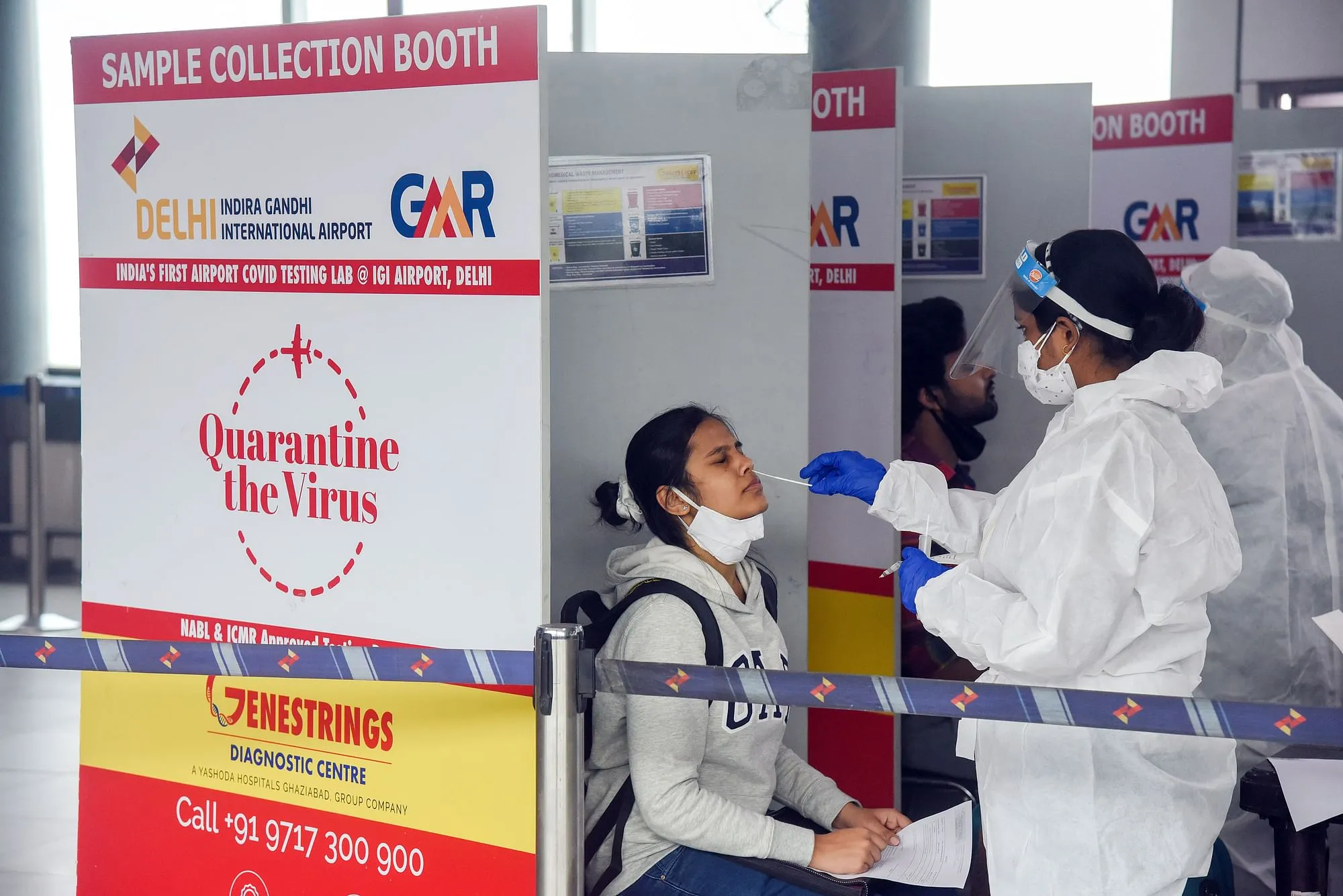Over the past week, the neighboring state of Delhi, the one with which J&K has the highest connectivity, is recording a sharp increase in cases of COVID19. The past three waves of COVID19 have shown that J&K’s Wave lags two to four weeks behind that of Delhi.
Should we be worried?For the past two days, Delhi has been reporting over 500 cases of COVID19 in a day. The positivity rate of the National Capital started with over 5 percent this week and is increasing by over 20 percent every day.
As I write this article, out of every 100 samples reported over the past one day, 7.7 were found positive. However, the rate of hospitalization has not been reported to be rising.
J&K’s proximity to Delhi, in terms of the traffic to and from the UT, makes it akin to Delhi in many manners related to the Virus. However, in Kashmir, experts feel, much has changed over the past two years and the way the Virus and the spread of infections is experienced, may be different this time.
Prof S Saleem Khan, Epidemiologist and Head Department of Community Medicine at GMC Srinagar feels there is no need to panic in J&K. “Omicron Wave infected almost the entire population.
There is a good immunity, natural as well as vaccine generated across the districts here. The new variant, which seems to be similar to Omicron, I believe, would not have much of an impact,” he said while speaking to Greater Kashmir.
Moreover, he said, it needs to be watched for the next couple of weeks to see if the variant that is causing the surge in Delhi is a new one or a sub-variant of Omicron.
Another epidemiologist, Dr Rouf Hussain Rather, working in Divisional COVID19 Control Room Kashmir feels the rise of cases in J&K could not be ruled out. “But it is not necessary that Kashmir will behave the same way as Delhi in terms of the spread and infections,” he said.
He said that in 2020, the susceptibility of every population was almost the same to the new Virus. Now, he said, the spread and impact will depend on vaccination coverage, the time elapsed since the last dose of the vaccine was taken, how much of the population was infected in the previous ways, the variant that infected. “All these factors together will decide the future, how a new Variant will affect us,” he said.
He said that Kashmir had a good vaccination coverage and even the younger populations were getting vaccinated. “Yet, there still is a chance that the infections in Delhi could trigger a spike here as well,” he said, adding that this Wave most probably seems like a “milder form of Omicron”.
“As of now, there is no increase in positivity or spread of infections. The positivity rate in J&K has remained around 0.4 percent over the past five weeks,” Dr Hussain said while underlining that at present, the activity of the Virus was “minimal”.
Prof Naveed Nazir Shah, head department of pulmonary medicine at GMC Srinagar believes that even the case rise in Delhi was ‘not to be worried about’.
“People are getting tested and are found positive. Otherwise, there is hardly any hospitalization caused by this Variant. And that is what matters when we talk of the healthcare systems,” he said.
He said the circulating strain in Delhi “appears to be very mild” and cases are bound to increase due to the increased testing. “It is simple mathematics,” he said.
Prof Shah said as long as the Virus does not cause hospitalizations, there is no need to set the alarm bells ringing. “I am surprised at the panic,” he said.
However, in some quarters, Delhi has given Kashmir a reason to worry about. Many believe the lowering of guard, in terms of testing at the entry points and the skipping of isolation for the positive cases could boomerang for Kashmir.
“The traffic, especially of tourists to this place is massive. The previous two months have been very mild in terms of the virus activity but we must not be hit by an unannounced wave,” a senior doctor told Greater Kashmir.
He urged that the Government keep its guard high to avert any future avoidable crisis. “Viruses are unpredictable, but we must do what we can – keep the vigil on,” he said.
Meanwhile Governments of two states neighboring Delhi have announced masking up for indoor settings. Uttar Pradesh and Haryana have issued fresh guidelines for districts that are nearer to Delhi.
Schools have been directed to be especially careful about the COVID19 Appropriate Behavior (CAB). The fresh rise in cases in Delhi and in some other parts of the country, many believe, is fuelled by XE sub-variant.
National Technical Advisory Group on Immunization (NTAGI), NK Arora, has said that the Omicron XE variant is “nothing to worry about” in India.
Disclaimer: The views and opinions expressed in this article are the personal opinions of the author.
The facts, analysis, assumptions and perspective appearing in the article do not reflect the views of GK.






